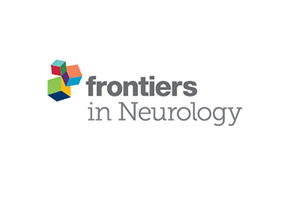
“Anticancer Effects of Cannabinoids may be able to Prolong Life.
Cannabinoids are multitarget substances. Currently available are dronabinol (synthetic delta-9-tetrahydrocannabinol, THC), synthetic cannabidiol (CBD) the respective substances isolated and purified from cannabis, a refined extract, nabiximols (THC:CBD = 1.08:1.00); and nabilone, which is also synthetic and has properties that are very similar to those of THC.
Cannabinoids have a role in the treatment of cancer as palliative interventions against nausea, vomiting, pain, anxiety, and sleep disturbances. THC and nabilone are also used for anorexia and weight loss, whereas CBD has no orexigenic effect. The psychotropic effects of THC and nabilone, although often undesirable, can improve mood when administered in low doses. CBD has no psychotropic effects; it is anxiolytic and antidepressive.
Of particular interest are glioma studies in animals where relatively high doses of CBD and THC demonstrated significant regression of tumor volumes (approximately 50% to 95% and even complete eradication in rare cases). Concomitant treatment with X-rays or temozolomide enhanced activity further. Similarly, a combination of THC with CBD showed synergistic effects. Although many questions, such as on optimized treatment schedules, are still unresolved, today’s scientific results suggest that cannabinoids could play an important role in palliative care of brain tumor patients.
THC, a partial CB1, CB2 agonist, has the stigma of psychotropic effects that are mediated by CB1 stimulation. However, CB1 stimulation is necessary for improving mood and appetite and many other effects. At present, it is hard to imagine a better approach than adjusting THC doses individually to balance wanted versus unwanted effects. Generally, higher doses are needed to achieve analgesic and antiemetic effects. Even much higher, supraphysiologic oral doses would be needed to combat tumors.
Combinations were synergistic under many circumstances such as in pain and antitumor studies. Cannabinoids differ in their antitumor activities and probably in their mechanisms and targets, which is a rationale for combinations. However, for many pharmacological effects (except against tumors) roughly 10-times higher daily doses are needed for CBD compared to THC.
In summary, the endocannabinoid system is likely playing a crucial role in palliative care. The future will show whether an optimized treatment strategy with cannabinoids can also prolong life of brain tumor patients by their virtue to combat cancer cells.”








